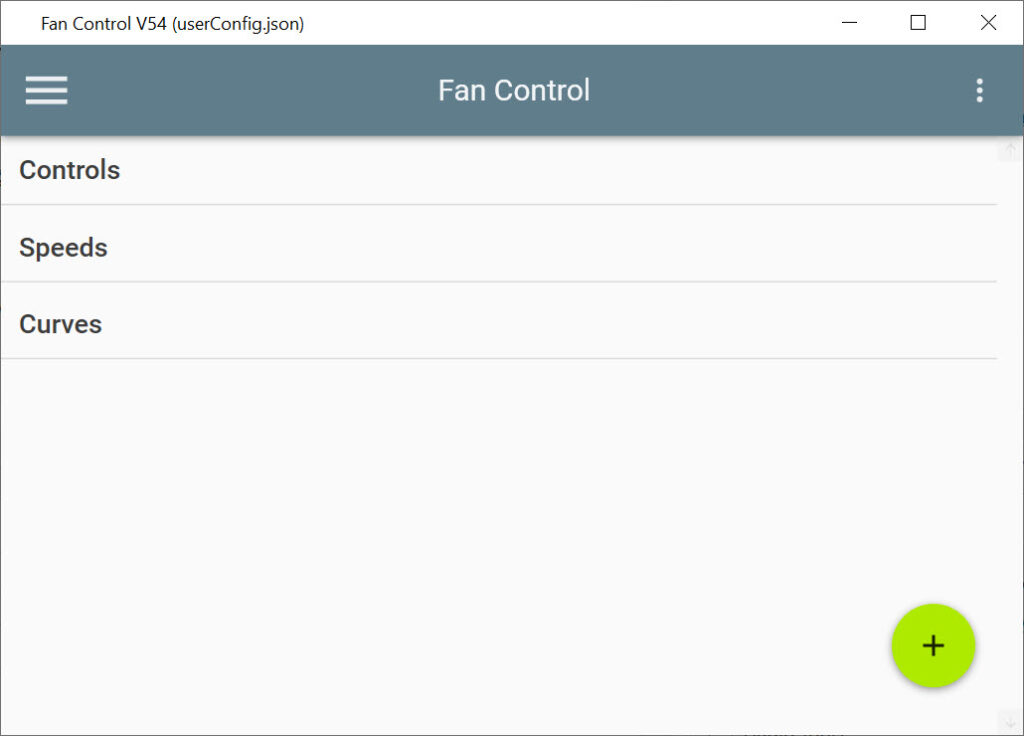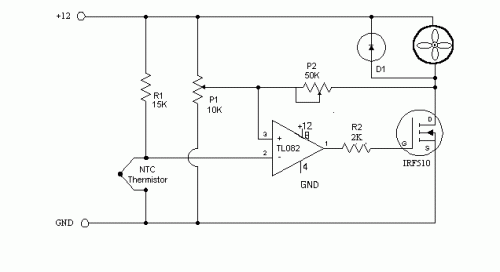

For example, in my curves, the fans will always spin at 100% speed if the temperature is 95 C. When the minimum or maximum temperature is reached for both of these cards, their corresponding speed will trigger. Next, you need to set a minimum speed and a maximum speed. Basically, you're telling the app, "I want my temperature to never exceed X, but it's okay if it never goes below Y." Both cards require you to set a minimum and a maximum temperature. First, let's focus on the Target and Linear cards since they're very similar to each other.

I've already configured these cards to my personal preference. For case fans, you can use the hottest motherboard, CPU, or GPU sensor as it doesn't matter too much. If not, the app makes it easy to learn.Before you do anything, you need to select a temperature source.įor CPU fans, use one of your CPUrelated sensors (pick the one with the highest temperature to be safe). While the interface looks basic, there are many advanced tools you can use if you understand PC specifications and hysteresis. Control your fan performanceįanControl is an open-source program that’s easy to control the fan speed on your computer. You can set primary and secondary tones, splashing the user interface with vivid hues to refresh the screen. You don’t need to sit with the same interface appearance every day if you’re bored of it or tired of looking at the same colors. It means you can let your fans slow down and rest when you’re not doing much on your PC. You can view graphs for each one, knowing which settings to use when you activate specific programs or games.

When you’re working on different settings to find the best performance for various tasks, it helps to set multiple profiles on FanControl. It lets you view and edit graph points to fine-tune the parameters. There are also fan curve graphs, where you can compare response times, temperatures, and hysteresis. Each panel in the interface represents a fan, showing you the location of each and its performance.


 0 kommentar(er)
0 kommentar(er)
